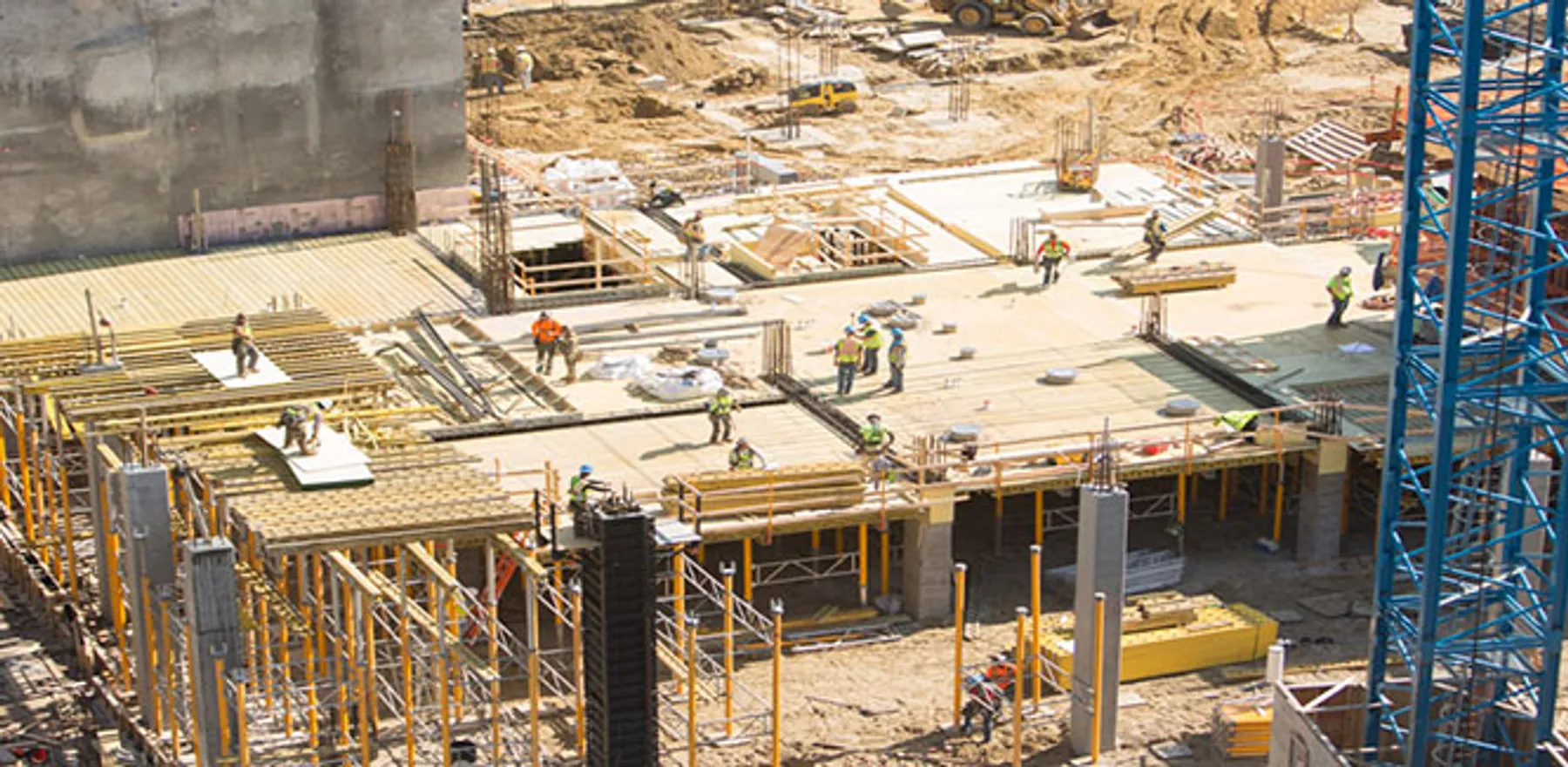Multifamily properties, encompassing apartment complexes, townhouses, and condominiums, represent a dynamic segment of the real estate market. Appraising these properties requires a specialized approach due to their unique characteristics and considerations. In this blog post, we will explore the comprehensive processes commercial appraisers undertake when valuing multifamily properties, shedding light on the methodologies and challenges associated with multifamily property appraisal.
Understanding the Distinctive Features of Multifamily Properties
Multifamily properties differ significantly from other commercial properties, such as retail or office spaces. Before delving into the appraisal process, it is crucial for appraisers to comprehend the unique features that define multifamily properties:
- Unit Mix and Configuration:
Multifamily properties often consist of various unit types and configurations. Appraisers must consider factors such as the number of bedrooms and bathrooms, layout variations, and the overall unit mix, as these elements impact the property’s appeal and value.
- Income Stability:
Unlike retail or office spaces, multifamily properties generate income primarily through rental units. Stability in rental income is a key consideration, and appraisers assess factors such as occupancy rates, lease terms, and the historical performance of the property.
- Operating Expenses:
The appraisal process involves a detailed examination of operating expenses, including property management costs, maintenance expenses, utilities, and other ongoing operational considerations that impact the property’s overall financial health.
- Location and Neighborhood Dynamics:
Proximity to amenities, schools, public transportation, and the overall neighborhood dynamics play a crucial role in multifamily property valuation. The location’s desirability and the surrounding community contribute significantly to the property’s value.
Appraisal Process for Multifamily Properties
Now, let’s explore the specific methodologies commercial appraisers employ when appraising multifamily properties:
- Income Capitalization Approach:
The income capitalization approach is a primary method for valuing multifamily properties. Appraisers analyze the property’s potential income by considering factors such as rental rates, vacancy rates, and operating expenses. The Capitalization Rate (Cap Rate) is then applied to derive the property’s value.
- Sales Comparison Approach:
Similar to other property types, appraisers use the sales comparison approach to assess the property’s value by comparing it to recently sold properties with similar characteristics. Adjustments are made for differences in size, location, condition, and other relevant factors.
- Cost Approach:
The cost approach involves estimating the cost to replace or reproduce the property, adjusting for depreciation. While less commonly used for multifamily properties, it can provide additional insights, especially in situations where the property’s income potential is not fully realized.
- Market Analysis and Neighborhood Trends:
Appraisers conduct a comprehensive market analysis to understand the trends in the local multifamily market. Factors such as rental demand, demographic shifts, and economic conditions are considered to provide a holistic view of the property’s value.
Unique Challenges in Multifamily Property Valuation
- Market Fluctuations and Economic Conditions:
Multifamily properties can be sensitive to economic conditions and market fluctuations. Appraisers must carefully consider these factors and their potential impact on rental demand, vacancy rates, and overall property value.
- Operational Variability:
The operational aspects of multifamily properties can vary widely. Appraisers must account for differences in property management practices, amenities offered, and maintenance standards to accurately assess the property’s value.
- Regulatory and Zoning Considerations:
Zoning regulations and local ordinances can significantly impact multifamily property values. Appraisers need to stay informed about any changes in regulations that may affect the property’s use or development potential.
Multifamily property appraisal is a nuanced process that requires a deep understanding of the property’s unique characteristics, the local market, and economic conditions. By employing income capitalization, sales comparison, and cost approaches, commercial appraisers can provide a comprehensive valuation that serves as a valuable tool for investors, property owners, and other stakeholders in the multifamily real estate sector. Navigating the challenges posed by market dynamics, operational variability, and regulatory considerations, appraisers play a pivotal role in determining the accurate and insightful value of multifamily properties.
Written by Thomas McCoy




